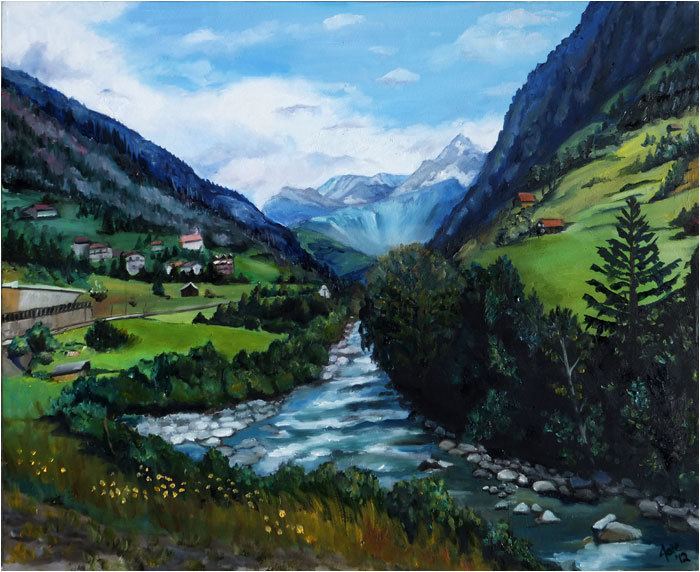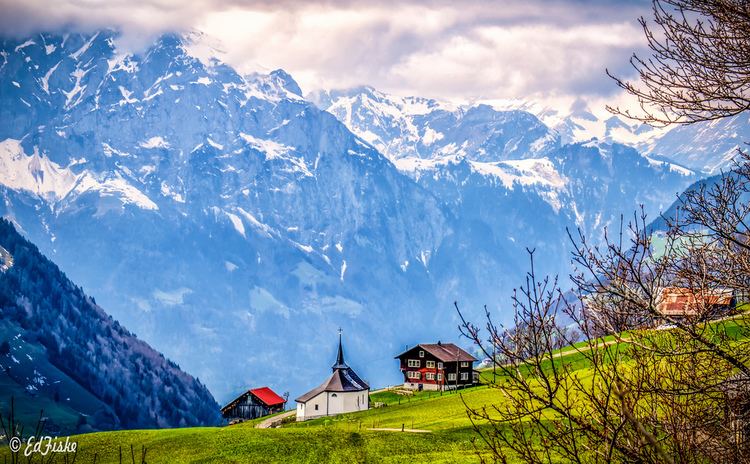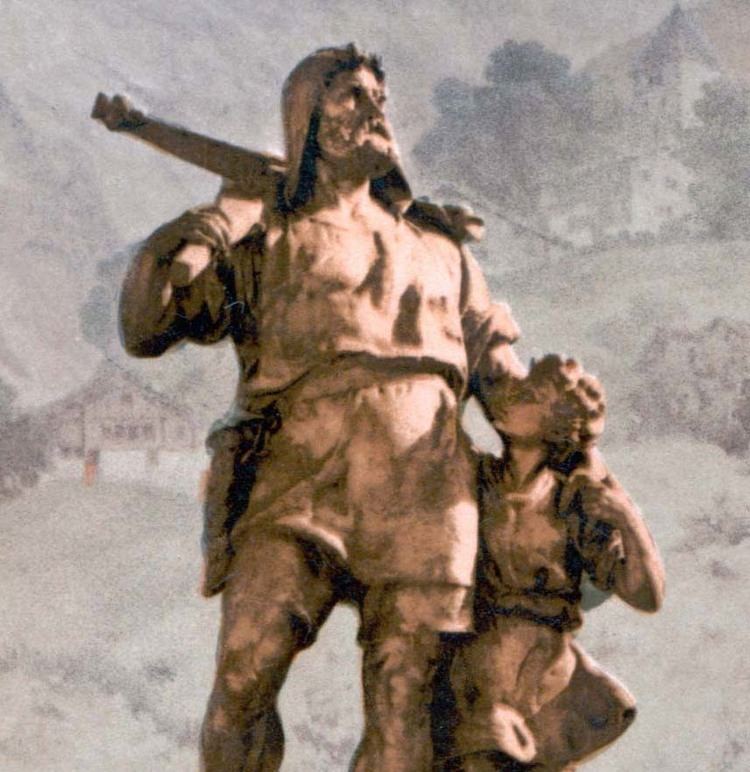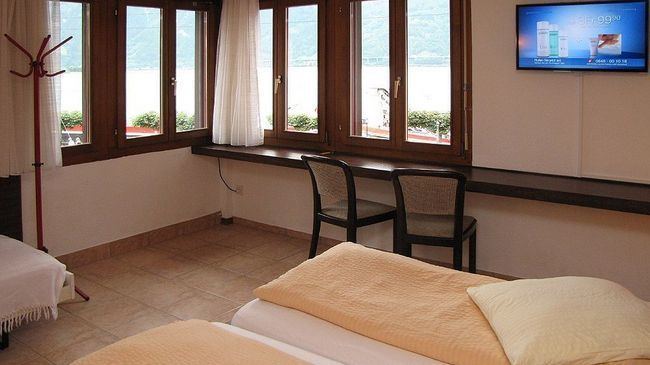Country Switzerland Elevation 458 m University The Educatis University Area 10.21 km2 | Mayor Urs Kalin Population 8,623 (Dec 31, 2008) | |
Altdorf (German for "old village") is the capital of the Swiss canton of Uri. The municipality covers an area of 10.23 square kilometers (3.95 sq mi) and is located at a height of 462 meters (1,516 ft) above sea-level, to the right of the river Reuss.
Contents
- Map of Altdorf Switzerland
- Visit altdorf in uri
- Geography
- History
- Swiss cuisine
- Swiss alp breakfast 3gp
- References
Map of Altdorf, Switzerland
The official language of Altdorf is (the Swiss variety of Standard) German, but the main spoken language is the local variant of the Alemannic Swiss German dialect.
Visit altdorf in uri
Geography

Altdorf consists of the town proper in the Reuss valley and the scattered hamlets of Eggberge on a high terrace above the town. It adjoins Attinghausen und Seedorf in the west, Fluelen in the north, Burglen in the east and south, and Schattdorf in the south.

The municipality has an area, as of 2006, of 10.2 km2 (3.9 sq mi). Of this area, 35.9% is used for agricultural purposes, while 39.3% is forested. Of the rest of the land, 23% is settled (buildings or roads) and the remainder (1.9%) is non-productive (rivers, glaciers or mountains). In the 1993/97 land survey, 37.2% of the total land area was forested. Of the agricultural land, 0.7% is used for farming or pastures, while 35.2% is used for orchards or vine crops. Of the settled areas, 11.3% is covered with buildings, 2.6% is industrial, 0.8% is classed as special developments, 1.5% is listed as parks and greenbelts and 6.7% is transportation infrastructure. Of the unproductive areas, 1.1% is unproductive flowing water (rivers), there is 0.6% that is too rocky for vegetation, and 0.2% is other unproductive land.
History

The earliest evidence of a settlement in Altdorf are several La Tene era bronze ax-heads and iron tools from the 3rd century BC. The people that settled in this region initially settled in the forest, and expanded toward the banks of the Reuss river. When the Reuss periodically flooded, the low lying settlements were destroyed and the inhabitants were driven back to the "old town", a possible source of the name Altdorf.

Following the collapse of the Roman Empire the local Gallo-Roman population of Altdorf began to mix with the Germanic Alamanni during the 7th century. The earliest evidence of this is the grave (dated to 670–680) of an armed horseman located in the local St Martins Church.
The current town was first mentioned in 1223 as Alttorf. During the 16 to 19th centuries it was known simply as Uri.
Altdorf is best known as the place where, according to the legend, William Tell shot the apple from his sons head. This act by tradition happened on the market-place, where in 1895, at the foot of an old tower (with rude frescoes commemorating the feat), there was set up a fine bronze statue (by Richard Kissling of Zurich) of Tell and his son. In 1899 a theatre was opened close to the towns center for the purpose of performing Schillers play of Wilhelm Tell.
The same year a new carriage-road was opened from Altdorf through the Schachental and over the Klausen Pass (1,948 meters (6,391 ft)) to the village of Linthal (46 kilometers (29 mi)) and so to Glarus.
In 1906, the Altdorf–Fluelen tramway was constructed to connect the centre of Altdorf with Fluelen railway station. The electric tramway operated until 1951, when it was replaced by a bus service.
Swiss cuisine

Swiss cuisine bears witness to many regional influences, including from French, German and Italian cuisine and also features many dishes specific to Switzerland. Switzerland was historically a country of farmers, so traditional Swiss dishes tend to be plain and made from simple ingredients, such as potatoes and cheese.
Swiss alp breakfast 3gp
There are many regional dishes in Switzerland. One example is: Zurcher Geschnetzeltes-thin strips of veal with mushrooms in a cream sauce served with rosti. Italian cuisine is popular in contemporary Switzerland, particularly pasta and pizza. Foods often associated with Switzerland include cheese and chocolate. Swiss cheeses, in particular Emmental cheese, Gruyere, Vacherin, and Appenzeller, are famous Swiss products. The most popular cheese dishes are fondue and Raclette. Both these dishes were originally regional dishes, but were popularized by the Swiss Cheese Union to boost sales of cheese.
Rosti is a popular potato dish that is eaten all over Switzerland. It was originally a breakfast food, but this has been replaced by the muesli, which is commonly eaten for breakfast and in Switzerland goes by the name of "Birchermuesli" ("Birchermiesli" in some regions). For breakfast and dinner many Swiss enjoy sliced bread with butter and jam. There is a wide variety of bread rolls available in Switzerland. Bread and cheese is a popular dish for dinner.
